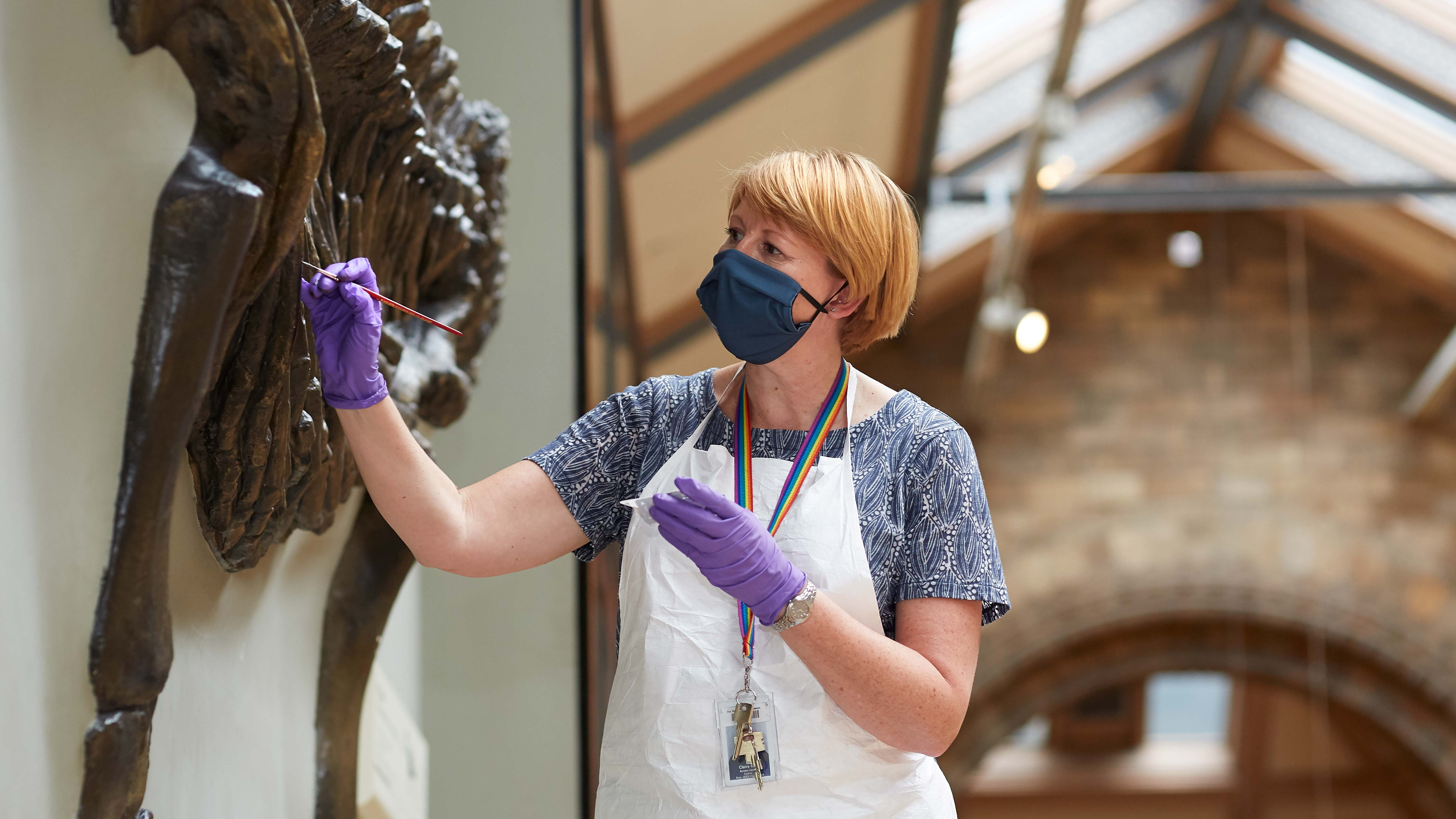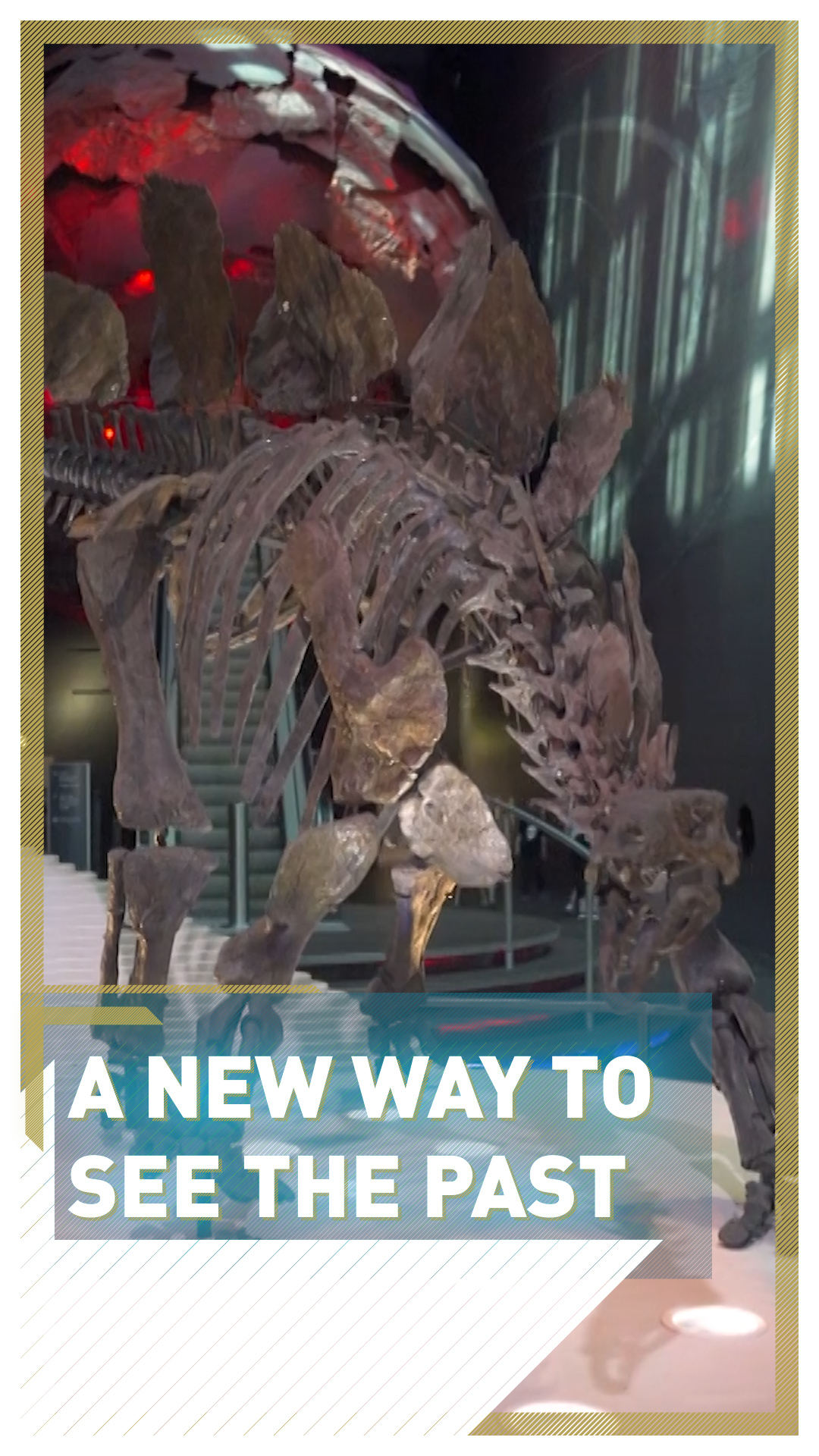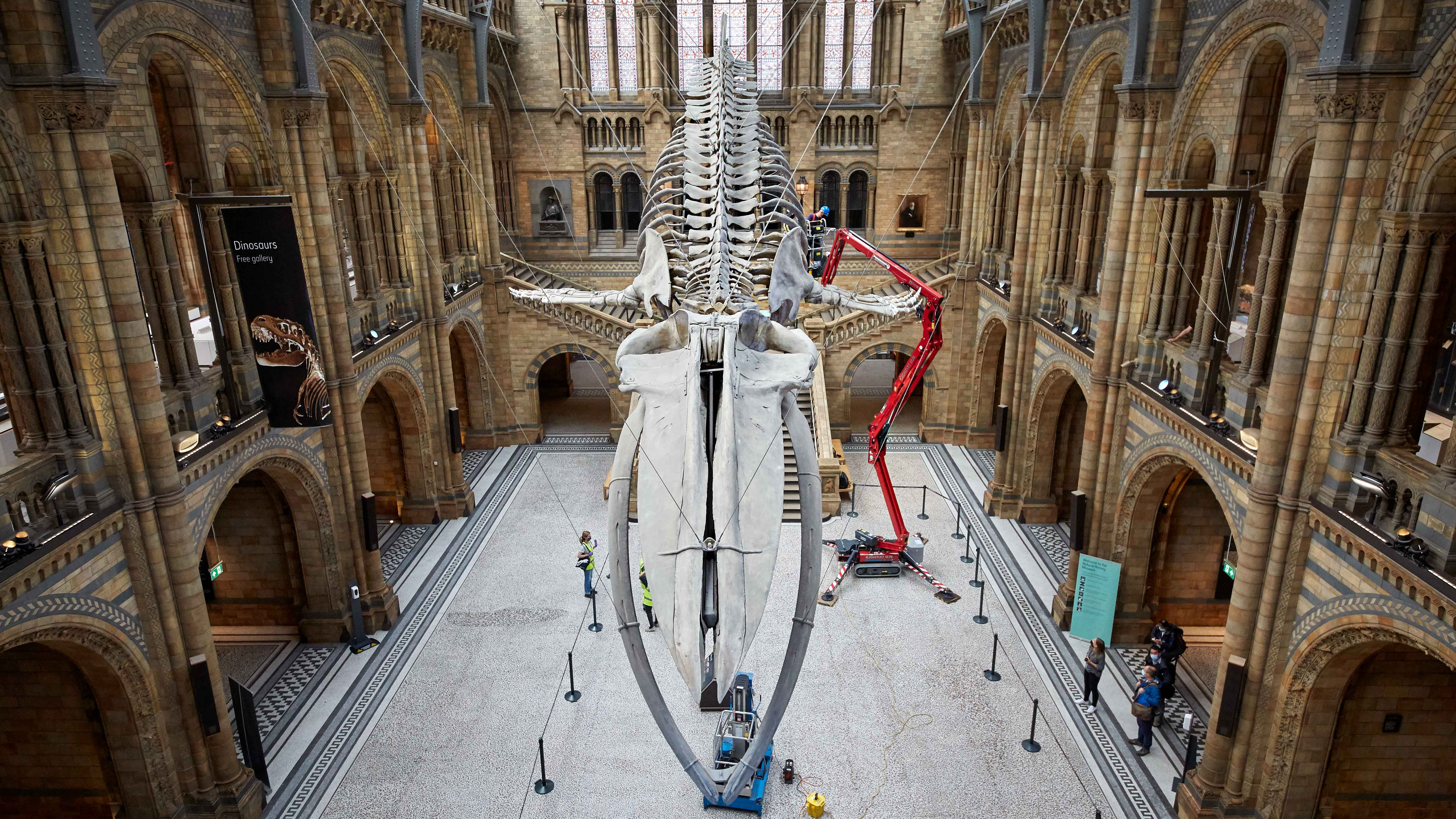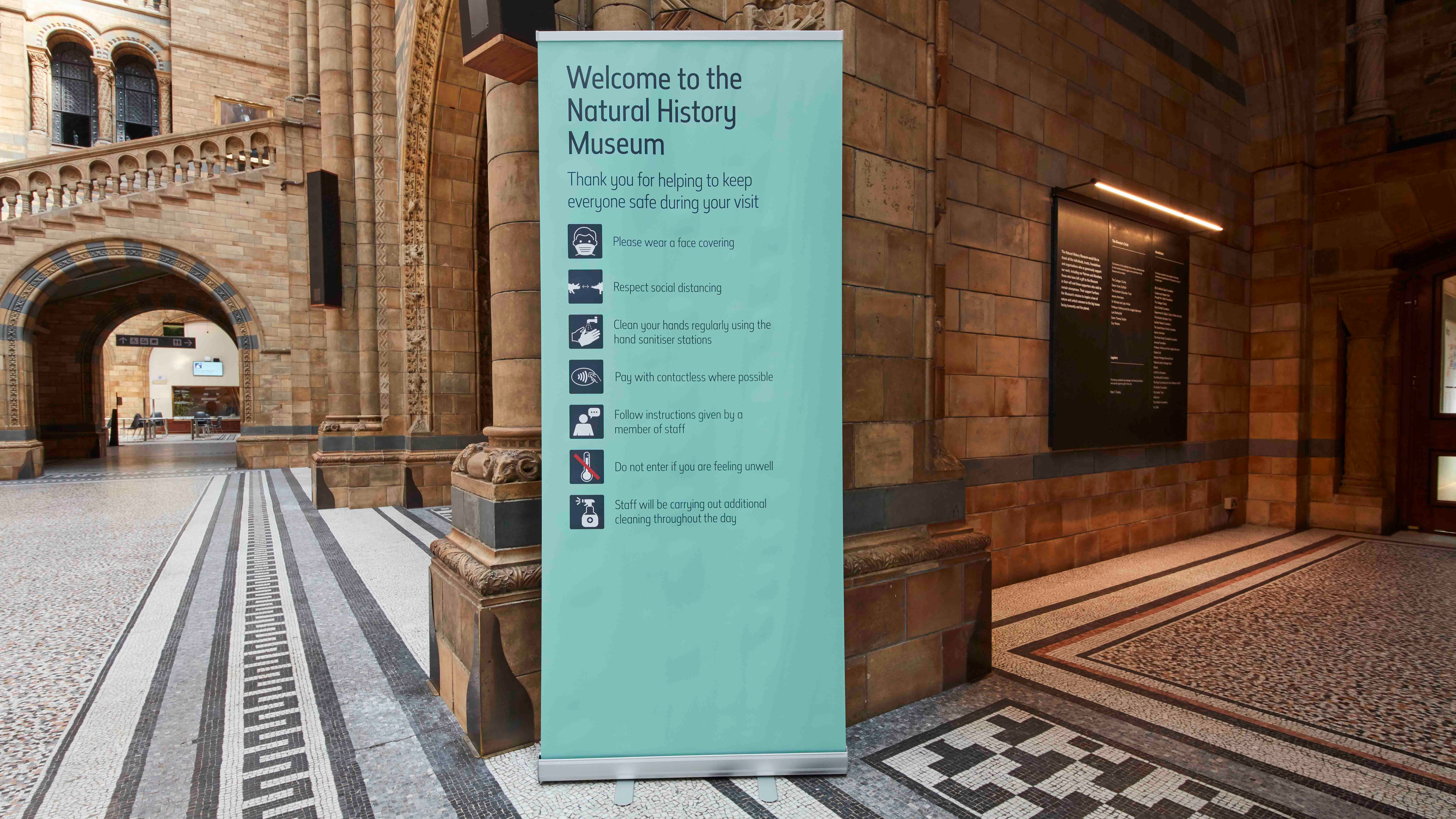
The vast majority of the Museum's galleries are open alongside its five-acre gardens. /Natural History Museum
The vast majority of the Museum's galleries are open alongside its five-acre gardens. /Natural History Museum
London's Natural History Museum has reopened its doors almost five months after it was forced to close because of COVID-19. CGTN Europe got a first look inside the world-famous museum and the changes it's made to welcome back visitors safely.
"We are all so excited to be back here," said Fiona McWilliams, the museum's executive director of development.
"It's going to be like a VIP experience [for visitors] because normally these halls and galleries are absolutely jam-packed. We're obviously keeping numbers limited, [so] you'll be able to wander around and spend as much time as you want."
The Natural History Museum (NHM), based in the cultural district of South Kensington, is the first of London's three major museums to reopen.
02:30

Neighboring venues the V&A (Victoria & Albert) and the Science Museum will stagger their opening dates later this month to ease visitor numbers in an often-crowded area.
But it's not business as usual. The number of guests will be significantly reduced at the NHM, with about "15 to 20 percent of normal crowds allowed," according to McWilliams.
From 8 August, visitors will also have to wear face coverings, and there are sanitizer stations throughout the museum and signs to promote social distancing.
Other tourism businesses are adopting similar measures across the country.

The 4.5 ton skeleton of a Blue Whale hangs in the main entrance to welcome visitors and has been named 'Hope' by museum staff. /Natural History Museum
The 4.5 ton skeleton of a Blue Whale hangs in the main entrance to welcome visitors and has been named 'Hope' by museum staff. /Natural History Museum
National tourism agency Visit Britain has rolled out a new industry standard called "Good to Go." It approves venues that meet the government's COVID-19 health guidelines, aiming to reassure tourists.
And London's museum district has its sights set on visitors far further afield.
Of the 5.3 million people who visited the NHM last year, "63 percent were international visitors and 13 percent were from Asia, so it's a very, very important market for us," said McWilliams.
But the staff here are bracing for tough times ahead.
Entrance remains free, but the museum receives voluntary donations, charges for some exhibitions and makes money from its shops and cafes – so getting people through the doors will be crucial.
"[The recent closure] has been challenging financially because about 50 percent of our revenue comes from our visitor-related income," said McWilliams.
Thousands of years of our history on this planet are documented within these walls – from the extinct dodos and dinosaurs to some of the oldest human remains found anywhere on Earth.
The centerpiece of the museum is its extraordinary blue whale skeleton that hangs above its central hall.
For McWilliams, its name is a fitting symbol that encapsulates humanity's ongoing struggle against COVID-19 and the resilience of our natural world: "Hope."

The venue will have to ensure visitors obey social distancing measures to maintain it's 'Good to Go' standard. /Natural History Museum
The venue will have to ensure visitors obey social distancing measures to maintain it's 'Good to Go' standard. /Natural History Museum
Remember to sign up to Global Business Daily here to get our top headlines direct to your inbox every weekday